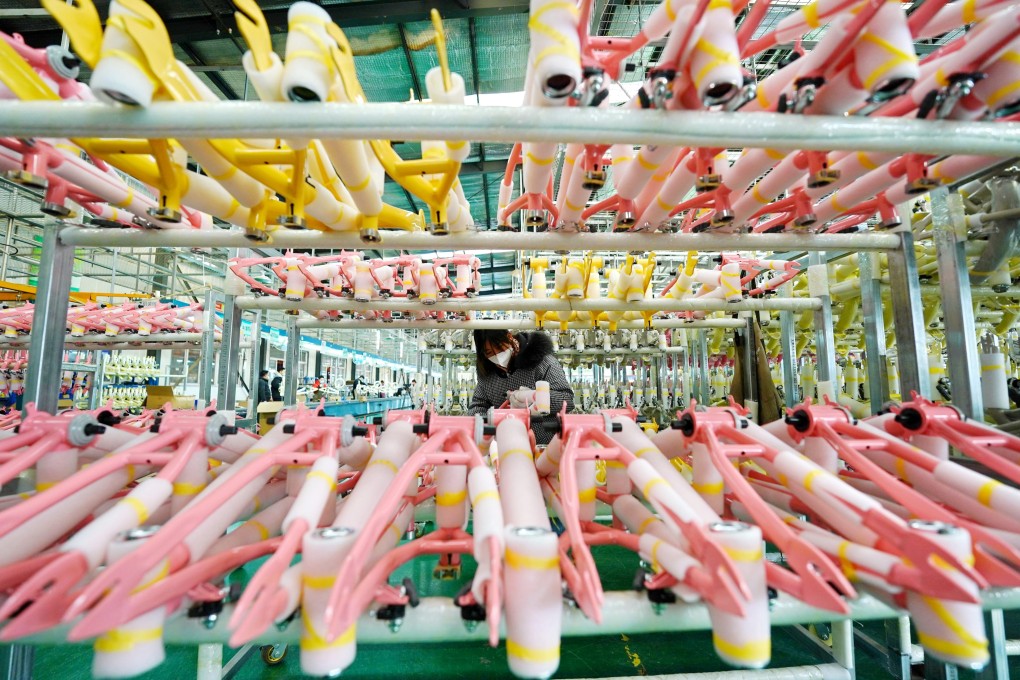Macroscope | How China’s economic rebound played a role in cooling US inflation
- Tighter Fed monetary policy has undoubtedly contributed to the easing of US consumer price inflation
- But the improvement in supply chain flows as China’s economy gained traction also played a part, showing how intertwined the two economies are

Former Fed vice-chair Alan Blinder certainly thinks more than just higher US interest rates explain why the pace of US inflation increases has been easing. On January 6, in an opinion piece in The Wall Street Journal, Blinder wrote: “With one month remaining in 2022 (in terms of available data), [US] inflation in the second half of the year has run vastly lower than in the first half.”
Indeed, Blinder argues rightly that, from June through November 2022, US inflation “slowed to a crawl” if considered on a month-to-month basis.
Yet, Blinder adds, “hardly anyone has noticed this stunning development because of the near-universal concentration on price changes measured over 12-month periods, which are still 7.1 per cent for [headline US] CPI and 5.5 per cent [for the personal consumer expenditure measure of inflation that the Fed prefers to focus on]”.
In short, the pronounced month-to-month inflationary pressures that the United States experienced in the first half of last year are still skewing the year-on-year data even though the month-to-month rate of increase in US CPI in the last six months of 2022 fell away.
